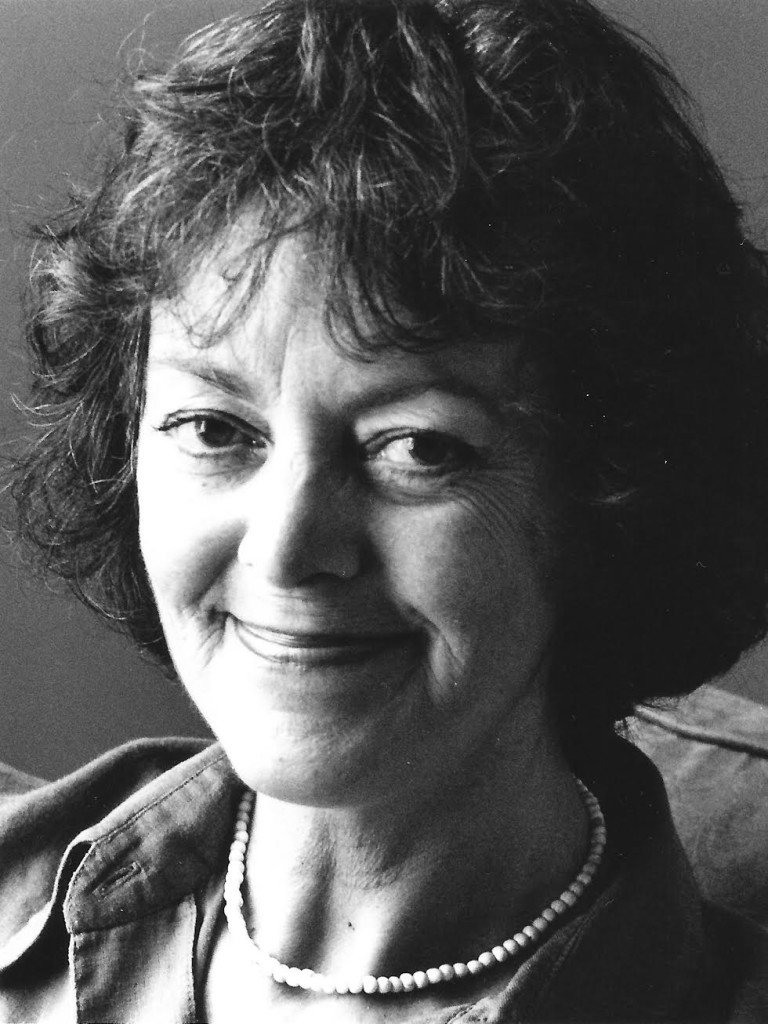Author and journalist Carol Lee spent many years helping her god-daughter, Emma, in her battle with anorexia and bulimia.
Emma’s first spell of anorexia seemed to happen suddenly. One minute she was a moody 15-year-old, the next she had locked herself in her bedroom and wouldn’t open the door.
I was called to the flat, only half a mile away, where her parents lived. Perhaps she would open it for me, the godmother she was fond of. But no. This was the beginning of her flight into anorexia, five years of Emma locking people out.
When I told friends about this, ‘What about her mother?’ they asked. ‘What’s she doing?’
But her mother was, in a sense, the last person who could help. She was the person the door was most firmly closed against. She was, in Emma’s terms, part of the problem and not yet part of the solution.
For a mother’s anxiety, her fear, her guilt, transmit themselves and a child with eating problems picks all of this up.
For although her mother was an excellent cook, Emma had rejected her delicious food for years. Instead, she raided the fridge for snacks. Her mother was a single parent who worked to provide for them both. It was tough. She was busy and tired and believing it was better for Emma to eat something rather than nothing, she gave in to Emma’s fridge-raiding.
Which is how I began to understand the importance of children having someone else to turn to. An aunt or a friendly neighbour. Someone not as close, intimate and worried as a mother. Someone who would respond more calmly.
Although Emma was fussy with food at my place too, she was easier with me. I wasn’t tangled up in emotions which had been simmering for years and she responded to me being both firm and relaxed.
But a godmother alone isn’t the solution to a teenager determined to take up with anorexia. I put it that way, because the condition is a choice. Being ill from it comes later when food deprivation causes things like critically low potassium levels and weakened muscles.
To deal with this, Emma was hospitalised many times. Initially locking out the doctors too, she refused to accept the treatment on offer. Finally, she ended up on a secure Unit for people with eating disorders. It was this stay which eventually worked.
For Emma’s problems were deep-seated. Life hadn’t given her enough of the love and attention she needed. There were few outlets for her bright, creative nature and for her deep need to give and receive lots of love. ‘I don’t know who to give my love to’ was one of the sad entries in her diary.
Anorexia was her way of dealing with this, a way of making her mark. Refusing and abusing food ‒ for she had bulimia too ‒ was her form of protest. She never wanted to die, although that wasn’t always clear to me at the time. Like Dickens’s Oliver, she wanted more ‒ more of the life opportunities and emotional nourishment she felt deprived of.
The expert help Emma received in a specialist Unit provided her with therapies which opened the door to her inner self. Music, art, group and individual therapy were all on hand and she began to flourish.
It still took five years in total for her to emerge from anorexia, but now, in her thirties, she remains well. She has a good relationship with her mother whose past difficulties she has come to understand. She is close to her stepfather, to me and to the friends she’s made along the way.
To Die For: The true story of a girl with anorexia and the woman who tries to help her by Carol Lee. Published as an ebook by Corazon Books, available exclusively from Amazon from Wednesday 8th February 2017.
https://www.amazon.co.uk/Die-story-anorexia-woman-tries-ebook/dp/B01ND1DSND/

